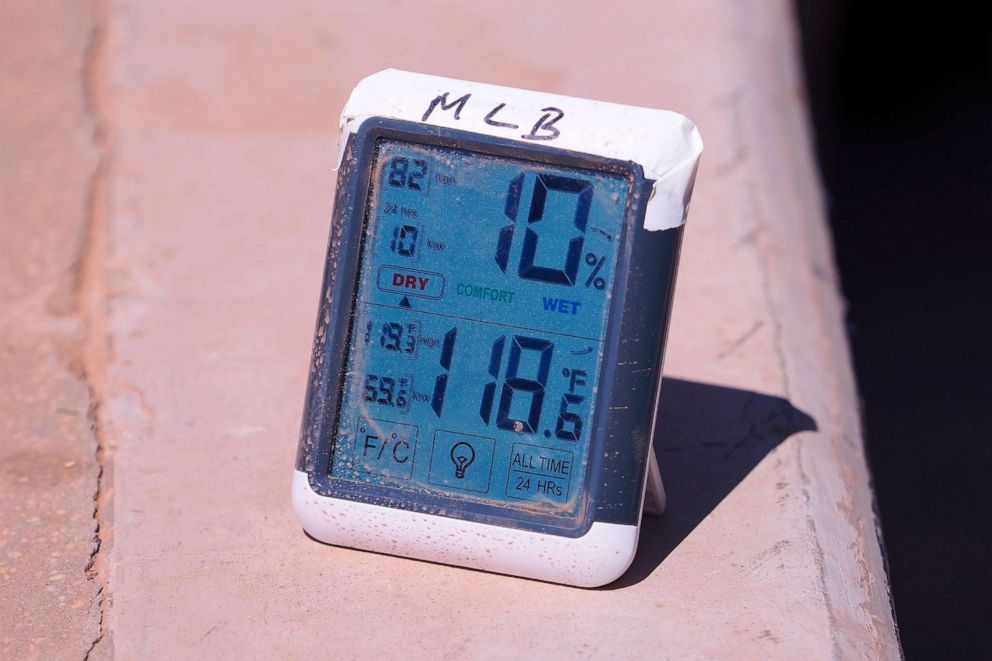September 2019 ties for warmest on the planet: NOAA
Arctic sea ice shrank to the third-lowest amount for September as well.
Last month tied for the warmest September since temperatures began being recorded in 1880, according to the National Oceanic and Atmospheric Administration.
The average global land and ocean surface temperature for September was 1.71 degrees Fahrenheit higher than the average for the 20th century, according to the findings NOAA released Wednesday. South America, Africa, Asia, the Gulf of Mexico and the Hawaiian region all had top-three warmest Septembers on record.
In addition, the Arctic sea ice coverage for September was the third-lowest on record, according to NOAA. The Arctic reached its annual minimum sea ice extent on Sept. 18 at 1.6 million square miles, which marked the end of the melt season.
The Antarctic sea ice extent for the month was 1.3% below the average between 1981 and 2010.
The only other September that was just as hot was in 2015, according to NOAA. Septembers in 2015, 2016 and 2019 had global land and ocean surface temperature greater or equal to 1.62 degrees Fahrenheit.

Last month was also the 43rd consecutive September and 417th consecutive month overall with temperatures above the 20th-century average, according to NOAA.
In addition, the first nine months of 2019 saw the second-warmest period for January for September in the 140-year record.
ABC News' Max Golembo contributed to this report.




